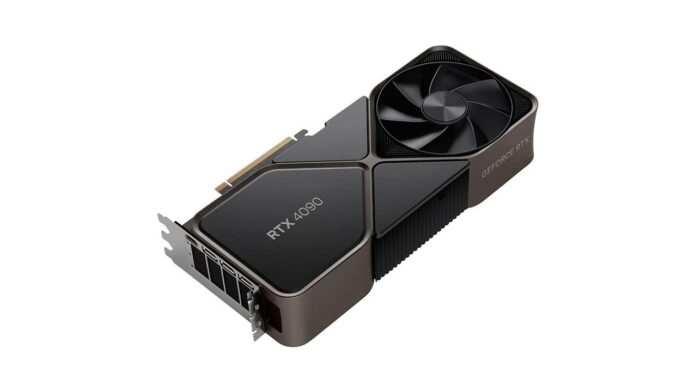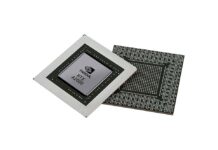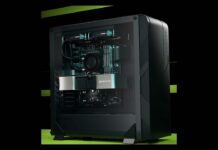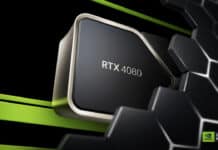In the rapidly evolving landscape of AI computing, China faces unique challenges due to US sanctions on Nvidia’s RTX 4090 GPUs. As a top-tier gaming graphics card based on the AD102 processor, the RTX 4090 has been at the center of discussions regarding the future of AI innovation in China. In response to limitations, factories are being repurposed, dismantled RTX 4090 units flood reseller markets, and a novel cooling solution is in the works. This article delves into the intricacies of this situation, exploring the reasons behind restrictions, the abundance of available GPUs, and the potential impact on both the US and China.
Table of Contents
Introduction
The Nvidia GeForce RTX 4090, renowned for its gaming prowess, is also a capable AI computing tool based on the AD102 processor. However, US sanctions have barred its sale in China, sparking discussions about the future of AI computing in the country.
RTX 4090 Repurposing in China
Insider revelations from Chinese Baidu Forums unveil the establishment of factories in China dedicated to repurposing RTX 4090 GPUs for AI computing. The process involves dismantling the units and creating a new PCB design to accommodate the GPU chip and GDDR6X VRAM.
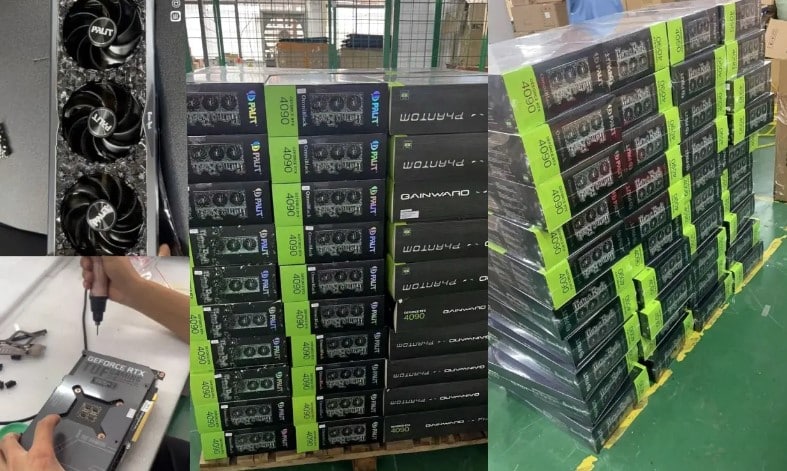
Abundance of RTX 4090 GPUs
Chiphell forums report many dismantled RTX 4090 units in reseller markets, signaling tens of thousands of graphics cards in stock. Pulling board components and creating a new PCB design indicate a strategic approach to repurposing.
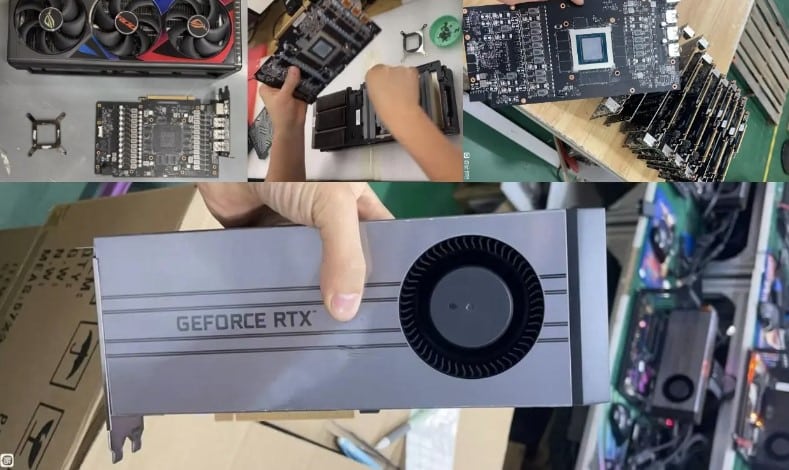
Cooling Solution Development
A dual-slot cooler with a single-blower fan design is being developed for the repurposed RTX 4090 GPUs. This cooling solution dissipates heat from the I/O, making it ideal for server situations and high-performance AI training.
Reasons Behind NVIDIA AI Chip Restrictions
The US government’s move to restrict Nvidia AI chips in certain nations, including the RTX 4090, is rooted in the desire to limit AI research. Past restrictions on high-end professional GPUs highlight a pattern aimed at controlling technological advancements.
AI Processing Capacity in China
Despite restrictions, China seems resilient, with reports of Tencent’s stockpile of Nvidia AI processors and mentions of more powerful Nvidia H800 AI processors. The country appears poised to continue its AI innovation roadmap.
Pricing Challenges in the US
The RTX 4090 faces pricing challenges in the US, reaching approximately $2000, attributed to inventory shipped to China before sanctions. This scarcity impacts gamers in the US who find this top-of-the-line GPU elusive.
Consumer Impact in China
Consumers in China are expected to face even worse shortages following the bans on RTX 4090 GPUs, redirected for AI computing. Initially intended for gamers, most of these GPUs are now essential components in AI computing setups.
Analysis of US Sanctions on Nvidia AI Processors
When considering the reasons for the prohibition, it is reasonable to question whether it is adequate to limit AI research. A comparison with previous restrictions provides insights into potential outcomes and industry dynamics.
Future Prospects for China’s AI Innovation
Despite challenges, China promises to overcome restrictions, leverage existing stockpiles, and explore alternative powerful AI processors. The country’s resilience and adaptability in AI may redefine its innovation landscape.
Readers are encouraged to share their thoughts on the impact of Nvidia AI processor restrictions in the comments section. How will China navigate these challenges, and what do you foresee for the future of AI innovation in the country?
Conclusion
In conclusion, the repurposing of RTX 4090 GPUs for AI computing in China reflects a dynamic response to external restrictions. The development of novel solutions and the resilience of the Chinese AI community hints at a promising future despite challenges.

